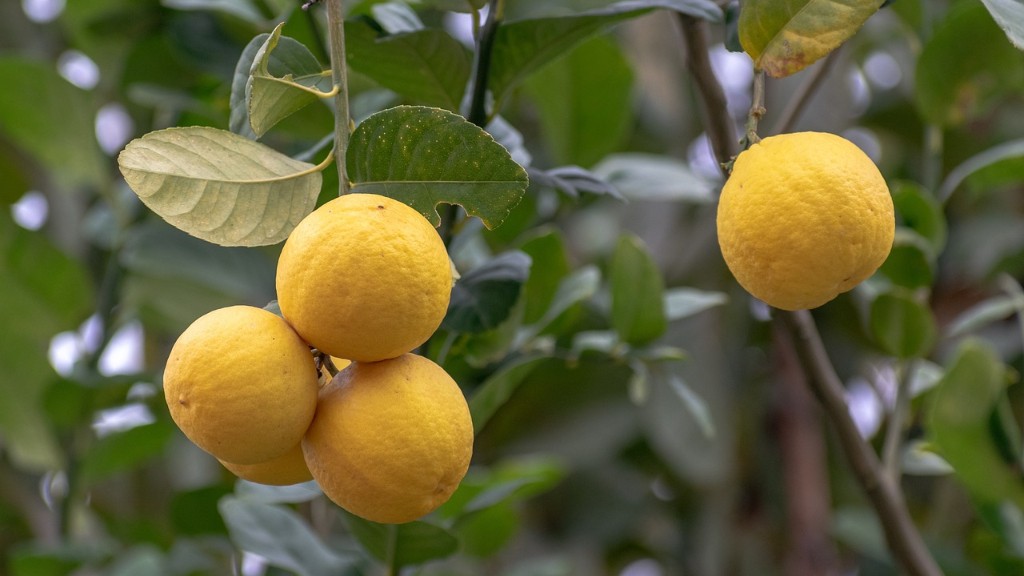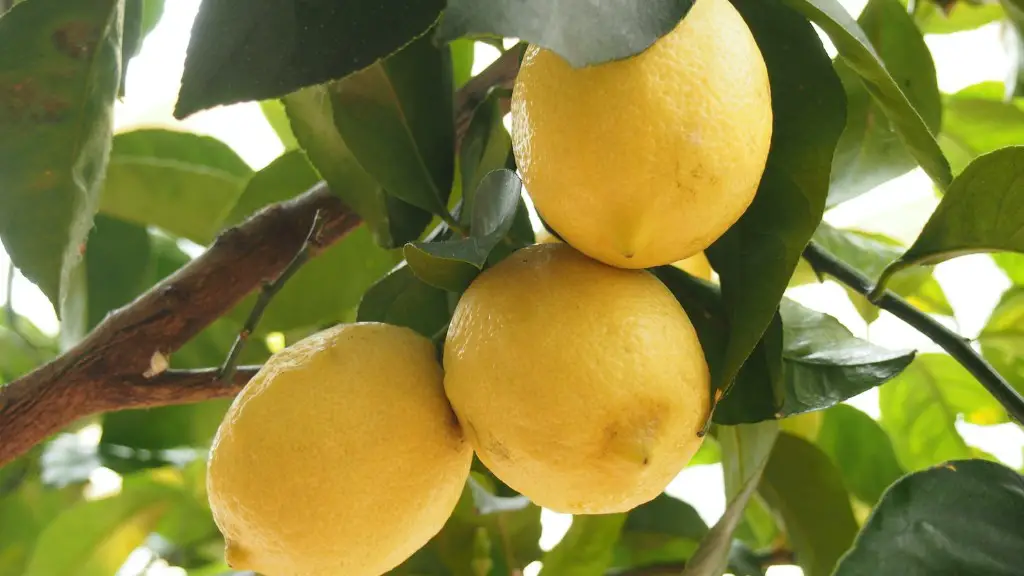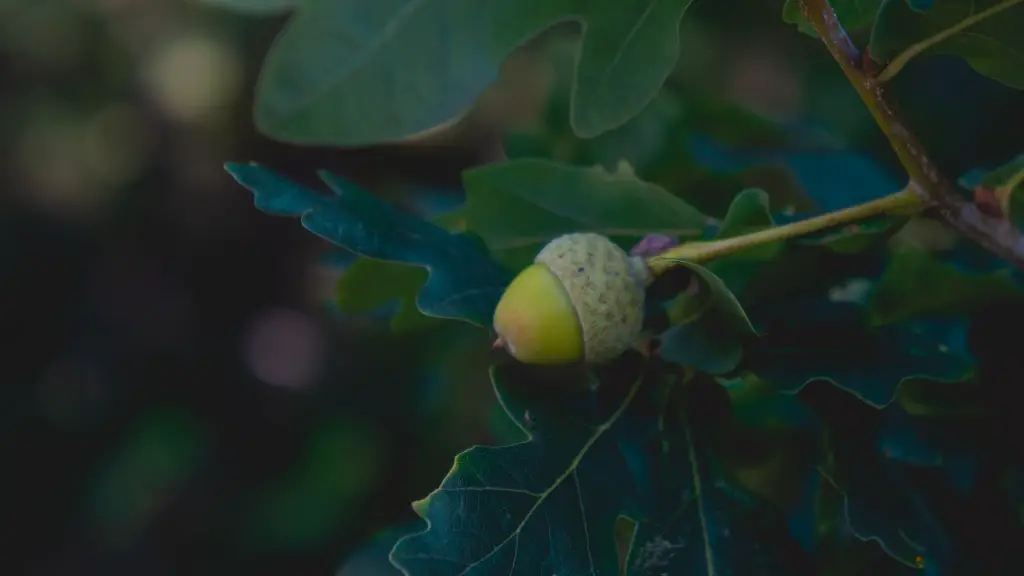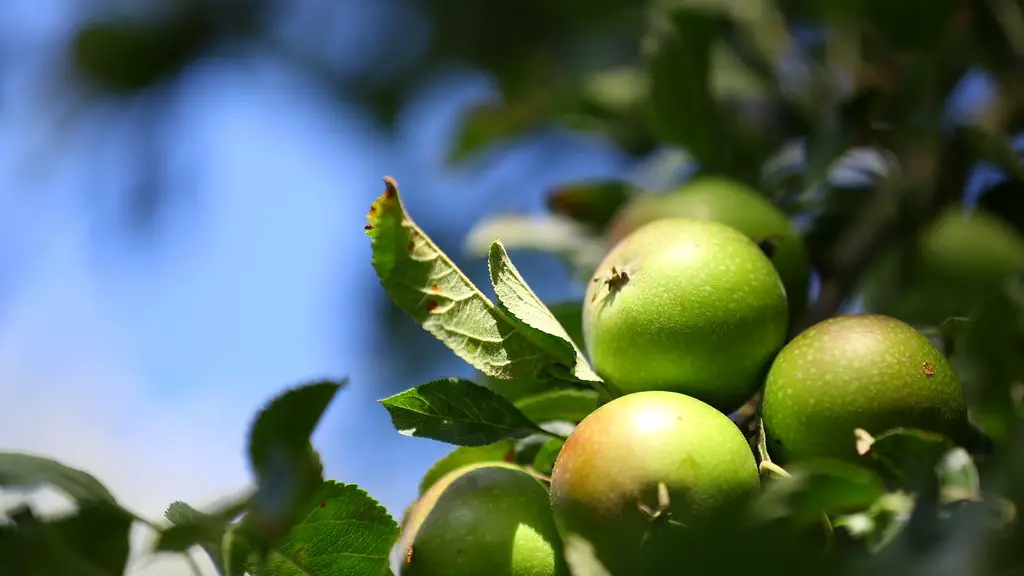Growing a lemon tree from lemon seeds is a rewarding activity, not to mention an exciting one. It’s a great way to get involved with gardening and horticulture, and with the correct preparation and understanding of the lemon tree germination process it can produce a successful harvest. The following steps will help you get started on the journey to growing your own lemon tree.
First, select good quality lemon seed that have a good chance of germination. Find seeds in fresh citrus fruits, such as lemons, oranges and grapefruit. It’s a wise decision to get seeds from an organic source since you don’t want toxins to leech into the soil. Rinse the seeds off with a mild soap solution to ensure you remove any potential bacteria.
Second, soak the seeds in a container of warm water for 48 hours. This will soften the seed and stimulate germination, but be sure to check the water levels regularly and change it if necessary so the seeds don’t dry out or die. After two days, the seeds should be ready to be planted.
Third, you’ll need to prepare the soil for the lemon tree. Ideally, you should use well-draining soil that’s also rich in organic matter. This hels add nutrients to the soil as the tree grows and encourages strong root development. If your soil is not suitable, you can have it tested by a professional to check the nutrient levels.
Fourth, plant the seeds in individual pots and make sure the surface of the soil is level. Place the pots in a sheltered sunny spot and cover lightly with more soil. Water generously to keep the soil moist and don’t let it dry out. It’s important to water the soil below the surface to ensure it reaches the roots.
Fifth, when the seedling is about 6 to 8 inches tall, transplant into a larger pot and let it grow further. Keep the soil moist at all times and use a light fertiliser every two weeks. This will help the lemon tree to keep growing and will prevent any nutrients from the soil becoming depleted, thus ensuring a strong root system.
Finally, to ensure a healthy and thriving lemon tree, you’ll need to prune regularly. Pruning helps to keep the tree compact and create an attractive shape as it grows. Cut off any weak or dead branches and trim back lanky branches to encourage growth. If you keep up with regular pruning and care, you should have a thriving lemon tree in no time.
Tips and Tricks
Growing a lemon tree from seeds is a tricky process, and it’s important to follow the instructions closely to ensure a successful outcome. Here are some valuable tips and tricks to help you along the way:
Make sure to select seeds from a reliable source. If you’re growing from store-bought citrus, the seeds may not have a high enough success rate to be worth it. Organic sources are the better option since it guarantees the quality of the seed.
Choose a sunny spot for your lemon tree’s pot and keep it sheltered to protect it from extreme weather. Pick an area with some shade during the hottest part of the day as lemon trees can be delicate to direct sunlight.
Water the soil below the surface, not from the top. This is important for the roots and will help them to develop in the right way. Of course, the soil should be moist at all times, but be sure to check the water levels regularly.
Prune the tree regularly and do not allow it to become lopsided. Try to reduce any excess foliage in order to promote a well-proportioned shape. This will also help with air circulation and light penetration, both of which are essential to a healthy lemon tree.
Fertilise your tree every two weeks with a light fertiliser and keep an eye on the nutrient levels of the soil. If the soil becomes depleted you can have it tested by a professional and replenish the nutrients as needed.
Caring for Your Lemon Tree
Caring for your lemon tree is essential to ensure a successful harvest. Here are a few tips to help you look after your growing tree:
Be sure to monitor the soil moisture levels regularly to make sure it doesn’t dry out. The tree will wilt if it doesn’t have enough water, which can lead to nutrient deficiencies.
It’s also important to keep an eye out for pests and diseases. Some of the more common pests can be removed by hand and a natural pesticide should be used to get rid of infestations. If you notice any discoloured or wilting leaves, it could be an indication of disease and you should seek professional advice.
Finally, make sure to prune the tree regularly as mentioned earlier. This will keep it compact and promote a well-structured shape.
Harvesting a Lemon Tree
Once your lemon tree has grown strong and healthy, it’s time to start harvesting the fruits. Here are a few tips to help you get the most out of your lemon harvest:
The fruit should be picked when it’s still firm, but not rock hard. If the lemon does not come off the tree easily with gentle twisting, it’s not yet ripe.
Use sharp pruning shears to make a clean cut at the stem end and take care not to damage the lemon tree as you harvest. Don’t pull the stem from the tree too hard as it can cause it to become lopsided and can damage the leaves.
Avoid green or unripe lemons as they tend to be sour and lack in flavour. If left on the tree, the lemons will start to ripen and the flavour will become sweeter.
Once picked, store the lemons in a cool, dark place and they will remain fresh for up to two weeks. If you plan to eat them later, wrap them in newspaper or paper towels in an airtight container.
Lemon Tree Pests and Diseases
While growing a lemon tree can be rewarding, it’s important to be aware of the potential pests and diseases that can affect your tree. Here are some of the more common ones to look out for:
Mealybugs and aphids are the most common lemon tree pests and can cause significant damage if left unchecked. An insecticide may be needed to deal with a severe infestation. Primarily, use a natural solution such as neem oil to keep them at bay.
Scale insects can also be a problem, particularly if you have a young lemon tree. If possible, manually remove these pests by scraping them off the tree but take care not to damage the branches.
Diplodia is a fungus that affects young lemon trees, causing the foliage to yellow and die back. It’s a very serious condition and the only solution is to remove the affected branches and dispose of them immediately.
Anthracnose is another common disease that causes white spots on the leaves. It can be treated with a fungicidal spray, but make sure to follow the instructions on the label carefully.
Finally, root rot can be a serious issue and is caused by excess moisture in the soil. Make sure the soil is well-draining and never let it get waterlogged.



